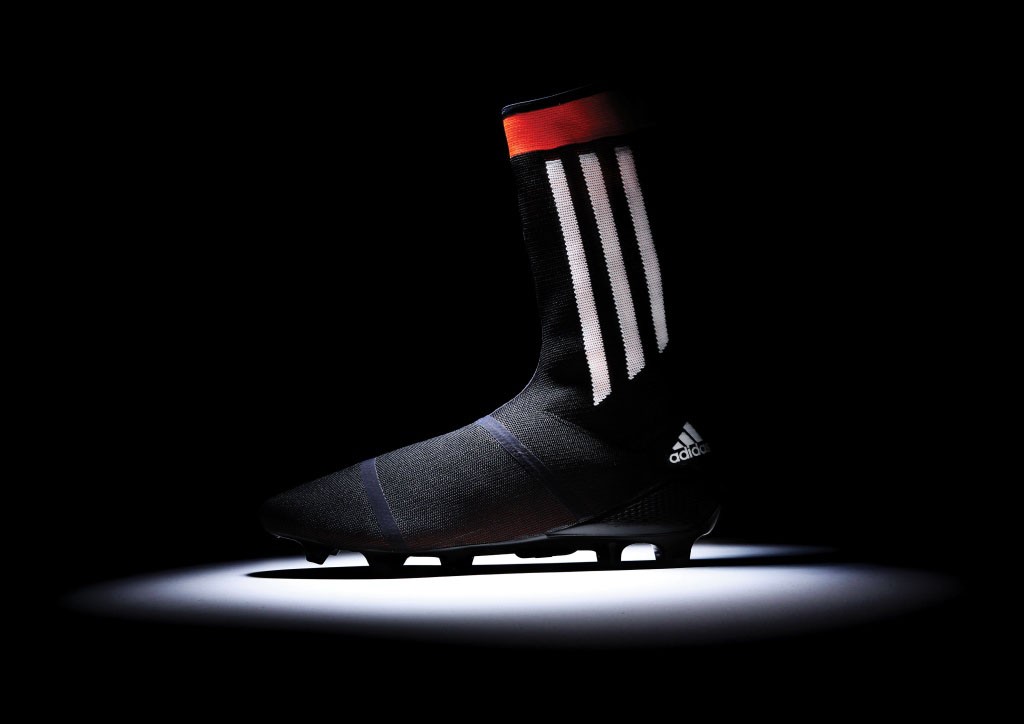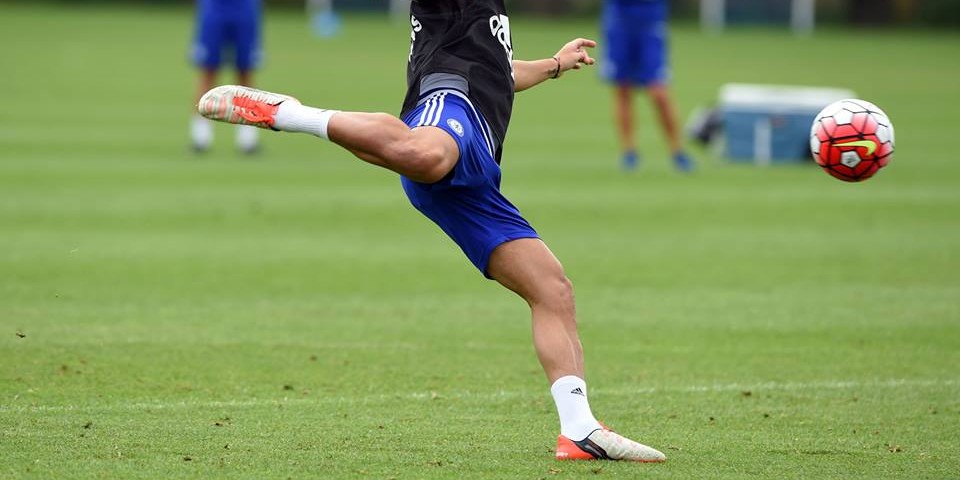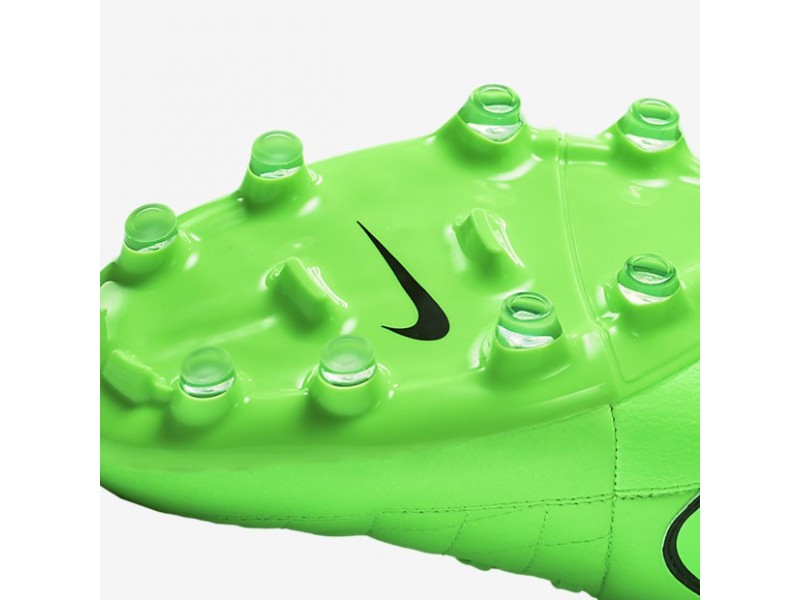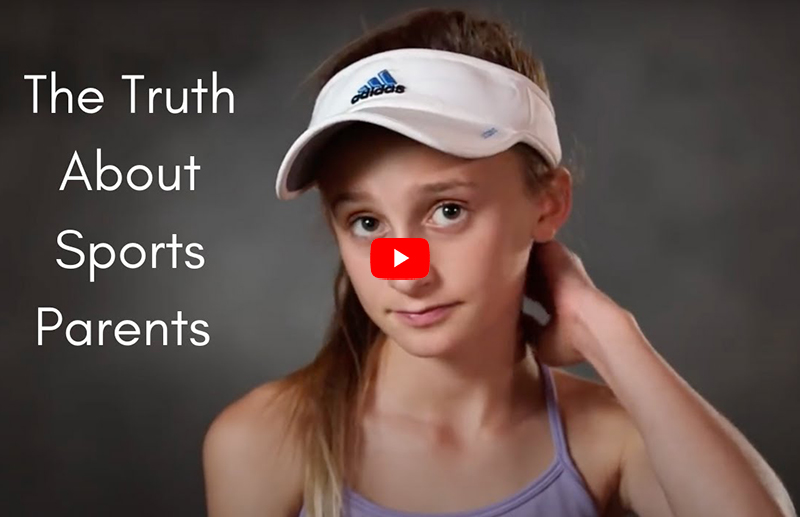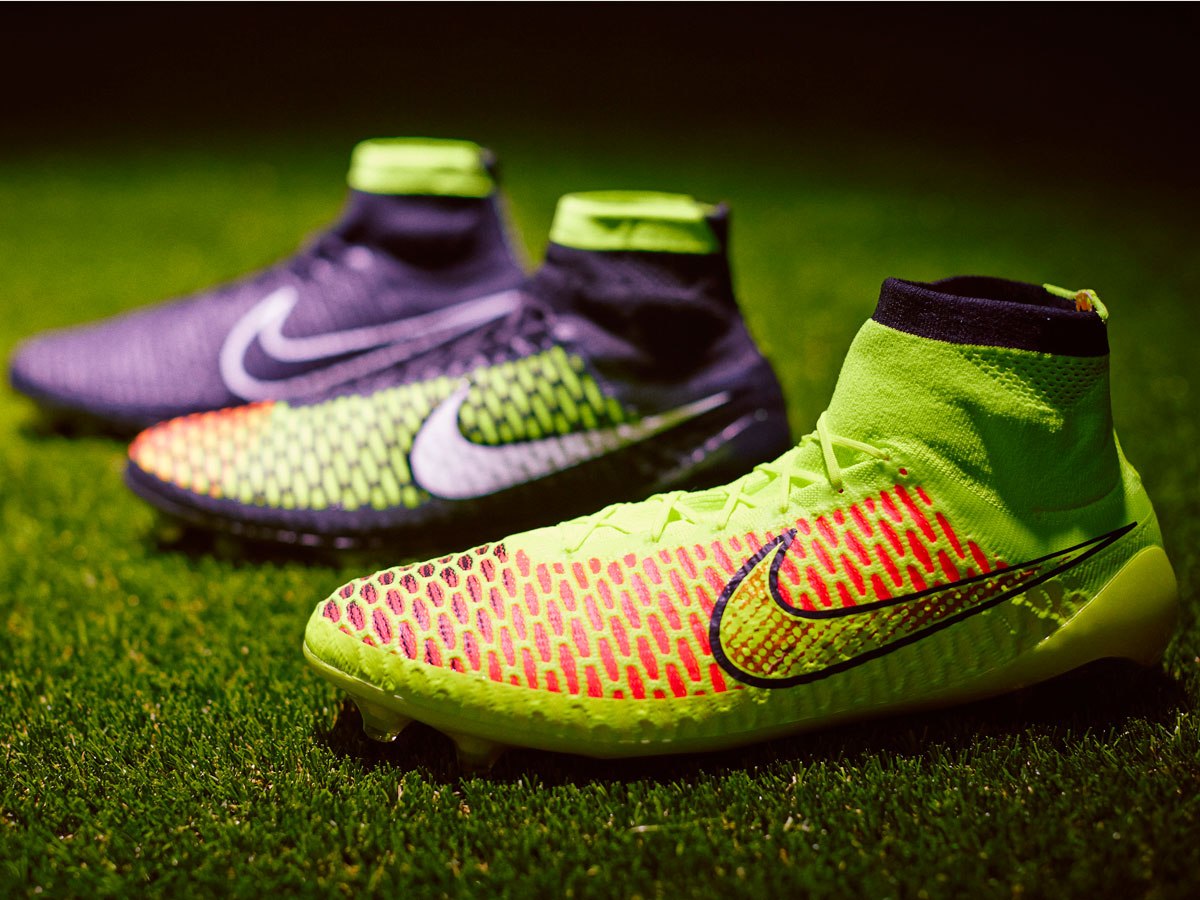
I’m going to buy my daughter a $250-pair of “sock cleats.” Before you say I’m a sucker for clever marketing or an extravagant, over-the-top sports parent, let me explain.
Nike introduced the Nike Magista “sock cleat” in 2014 and Adidas soon followed with their own version. The concept is a knitted cleat, not the traditional leather cleat we are used to. It’s best described like you’re wearing a glove on your foot. When it was first introduced, Nike exclaimed “Football (soccer in USA) will never be the same.”
I’m not sure how much soccer changed, but the seemingly simple task of buying a pair of cleats for your kid sure did. So when my daughter recently asked me to buy her a pair, it seemed unimaginable to me that soccer cleats could cost this much or that people would pay that kind of money for them. But then, I started to see them everywhere, including on some of her ten-year-old teammates. So I thought, maybe I should take a closer look and find out if they were indeed worth the hefty price tag. So I talked to several kids (and their parents) who have them and here’s what I found out:
- Everyone overwhelmingly agreed that it was money well spent.
- The pros: feels like you’re wearing a sock, extremely comfortable – forms to foot, no tongue to obstruct touch on a ball, secure feeling on the ankle; plus it’s extremely lightweight.
- The cons: the price, and half of the kids found it difficult to get on.
After completing my very unscientific study, I have decided to buy the shoes, not because I think they are going to suddenly make my daughter a better player, but because my ten-year-old has spent so much time training, practicing, and truly loving this sport, that an extra hundred bucks for a pair of shoes, that seem to actually make a difference, is money well spent. That being said, that is a lot of money, so I am going to try and find last season’s pair on sale.
A cleat is the most important piece of equipment in soccer. It’s what interacts with the ball. It’s kind of like a bat in baseball or the stick in lacrosse and hockey. At the club soccer level injuries to feet, ankles, knees and shins are common and sometimes can be caused by poor-fitting footwear that lacks support. I’m not suggesting you have to spend $250 on cleats. I’m just saying, if you do, you can feel good about it.
Whether you end up going with a sock cleat or a normal cleat, here are a few key things to consider when shopping for soccer cleats:
- Look for cleats with lightweight, flexible soles. The lighter they are, typically the higher the price tag.
- Know the type of fields you are playing on. Low profile or short studs – (the “cleats” on the bottom of the shoe) work well here in Southern California because we are typically playing in very fast sun-baked fields with little rain. The opposite is needed for wet fields.
- Wait until new releases come out and then buy the top-of-the-line of the previous release for half off.
- Find a true specialty soccer store. The staff will be MUCH more knowledgeable in helping you find what you need than at a general sporting good store.
- Shop online at soccer.com or worldsoccershop.com to find some great deals.








